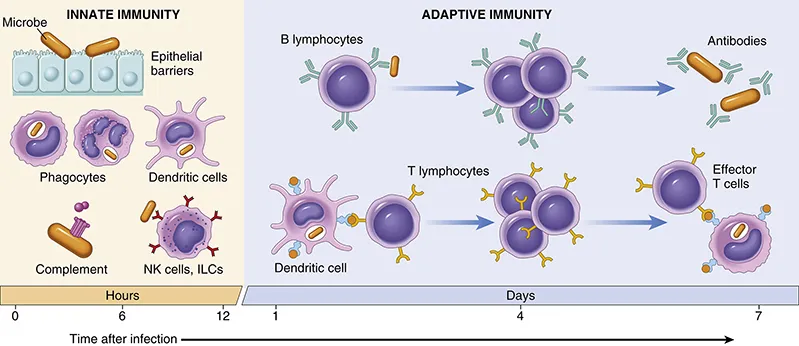
Head, Neck and Orofacial Infections
An Interdisciplinary Approach E-Book
James R. Hupp, Elie M. Ferneini
- 496 pages
- English
- ePUB (mobile friendly)
- Available on iOS & Android
Head, Neck and Orofacial Infections
An Interdisciplinary Approach E-Book
James R. Hupp, Elie M. Ferneini
About This Book
Use best practices in effectively treating infections of the head, neck, and orofacial complex! Head, Neck, and Orofacial Infections: An Interdisciplinary Approach is the only resource on the market with in-depth guidelines to the diagnosis and management of pathology due to severe infections. No longer do you have to search through journal articles and websites, as this comprehensive, full-color reference covers both cutting-edge and time-tested approaches to recognizing and handling infections. From well-known OMS educator James Hupp and oral surgeon Elie Ferneini, and with chapters written by expert contributors, this book is ideal for use in the classroom, as preparation for the NBDE and specialty exams, and as a clinical resource for patient care.
- UNIQUE! Comprehensive coverage of head, neck, and orofacial infections addresses the diagnosis and management of pathology due to infections of the head and neck and orofacial complex.
- Expert contributors are drawn from the disciplines of oral and maxillofacial surgery, head and neck surgery, plastic surgery, and otolaryngology, and they provide state-of-the-art guidance based on extensive experience with current techniques as well as technological advances in managing head, neck, and orofacial infections.
- Over 500 photographs, radiographs, and illustrations demonstrate pathologies, procedures, and outcomes.
- A logical organization addresses these topics: 1) issues that are common to all infections of the head and neck region, 2) infections of specific parts of the region, and 3) infections related to certain procedures, types of patients, unusual organisms, and medical-legal implications.
Key chapters include:
- Odontogenic Infections of the Fascial Spaces chapter focuses on the etiology, clinical manifestations, anatomic considerations, and treatment of odontogenic infections.
- Nasal and Para-Nasal Sinus Infections chapter discusses the pathophysiology and management of nasal and paranasal sinus infections.
- Microbiologic Considerations with Dental Implants chapter reviews the issues associated with the prevention of infection with surgical implant placement, including the factors that are known to cause infection, the putative bacteria involved and means to control infection once it occurs.
Frequently asked questions
Information
Immunobiology of Infectious Disease
Introduction
Cells of the Immune System
